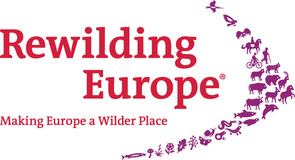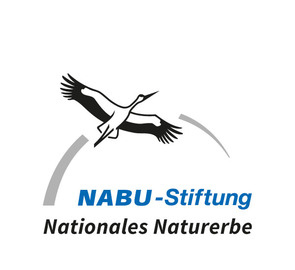
The jury's comment 2009
by Werner Bollmann
It was a hot weekend in July when the jury met to decide this year's winners of the Fritz Pölking Award established in 2008. So apparently, it was extremely comfortable to be sitting in a cool darkened room and enjoying plenty of photographs.
The number of entries had increased significantly compared to last year and so had the quality of photographs. There was even a contribution from as far away as Japan. After several hours there were three participants still in the game; a portfolio and two stories.
Again, this year a photo reportage has made it to the top — a photographically demanding project by American Kevin Schafer, who submitted details of the life of Amazon river dolphins that have never been seen anywhere before. Sure, this aspect of the new and unknown had its influence on the decision as well as the technical difficulties, which are bound to occur when taking under water photographs in the murky Amazon water. But the crucial factor was how brilliantly these difficulties were handled resulting in an appealing overall composition of great variety. Backlight photographs that evoke images of Ichthyosaurus, intimate portraits, incorporating the habitat and the skilful depiction of interesting behaviour patterns: the jury agreed and the choice for the winner of 2009 was made.
Similar to last year a lot of entries failed because there were too many pictures "squeezed" in. As everybody would like to present as many pictures as possible, it is of course quite a challenge to reduce an entry to its essence. It is, however, a vital thing to do especially when it comes to portfolios: more often than not the quality of really good pictures suffers considerably from poor fillers. But again, a large number of high-quality pictures — each one of them marvelous in its own right — still does not make a portfolio if the viewer can not make out any coherence.
Interestingly, the young photographers who entered the Fritz Pölking Junior Award handled this matter with more ease. Many well composed portfolios and some very attractive projects proved that international nature photography has a rising generation of talented photographers.
Seventeen year old Fergus Gill won by a narrow margin. With a similar approach than last year's winner Jerzy Grzesiak, he presented photographs of his native Scotland showing that great photography is often created when you get deeply engaged in the nature of your local area.
In the jury's opinion, his monochrome-like winter photographs, in which he illustrates the adaptedness of the animals to the cold season together with the beautiful light atmosphere of the wintry Highlands make up the quality of this portfolio.










